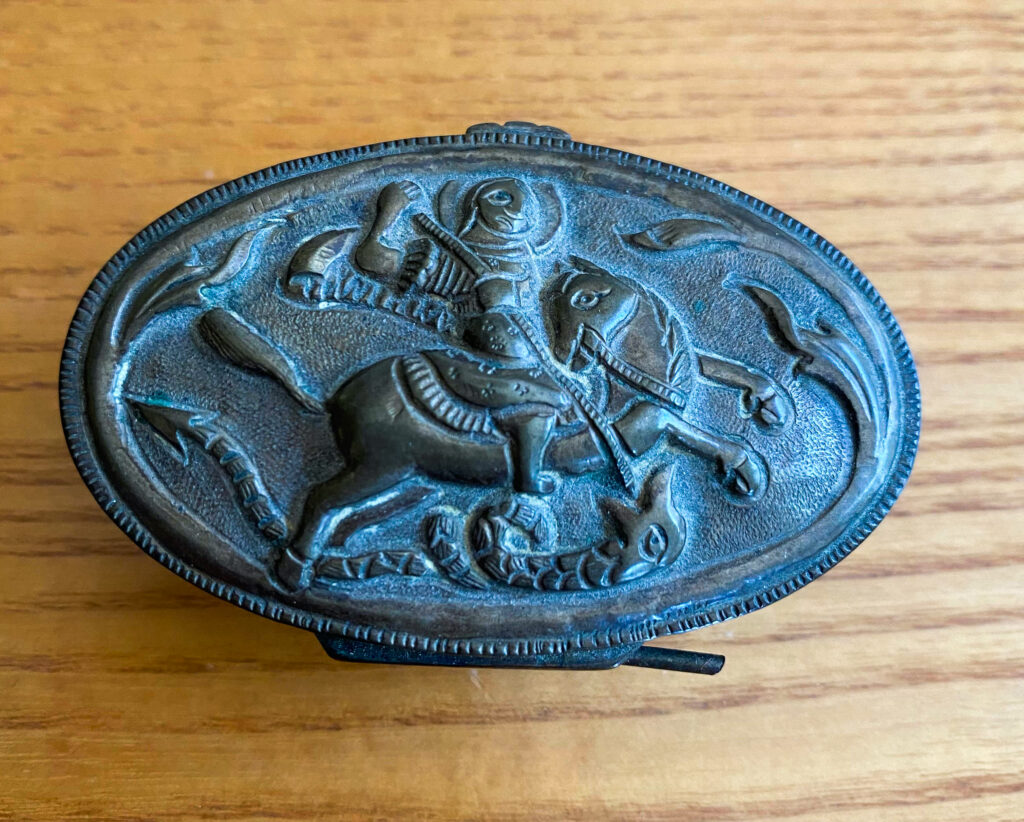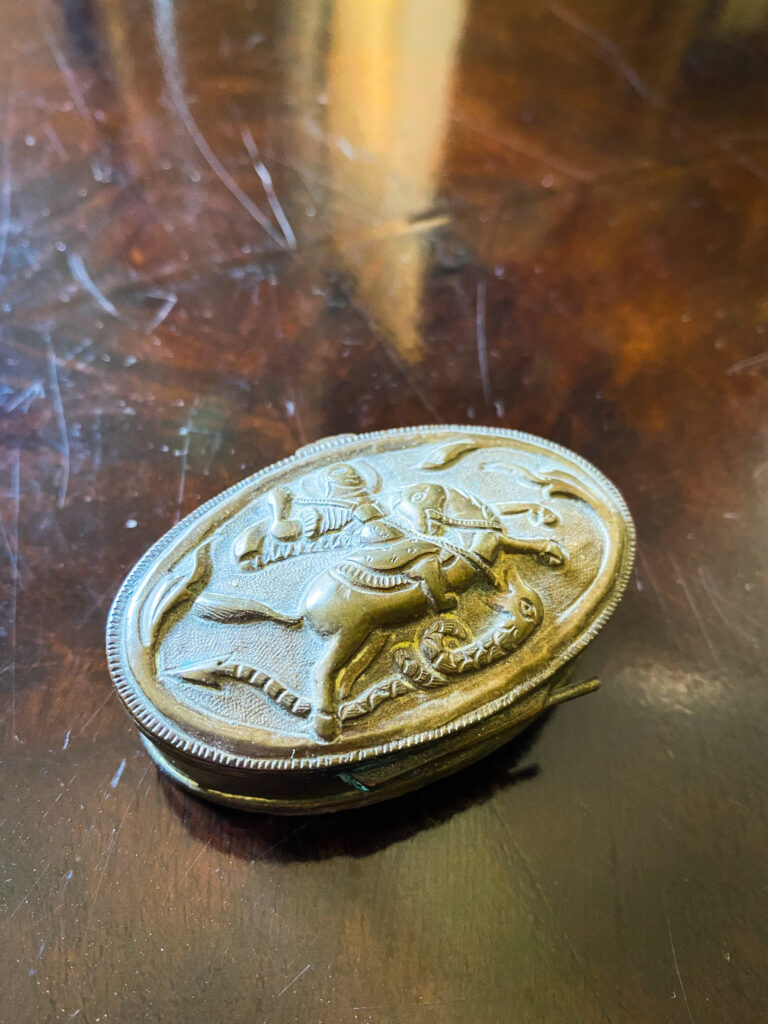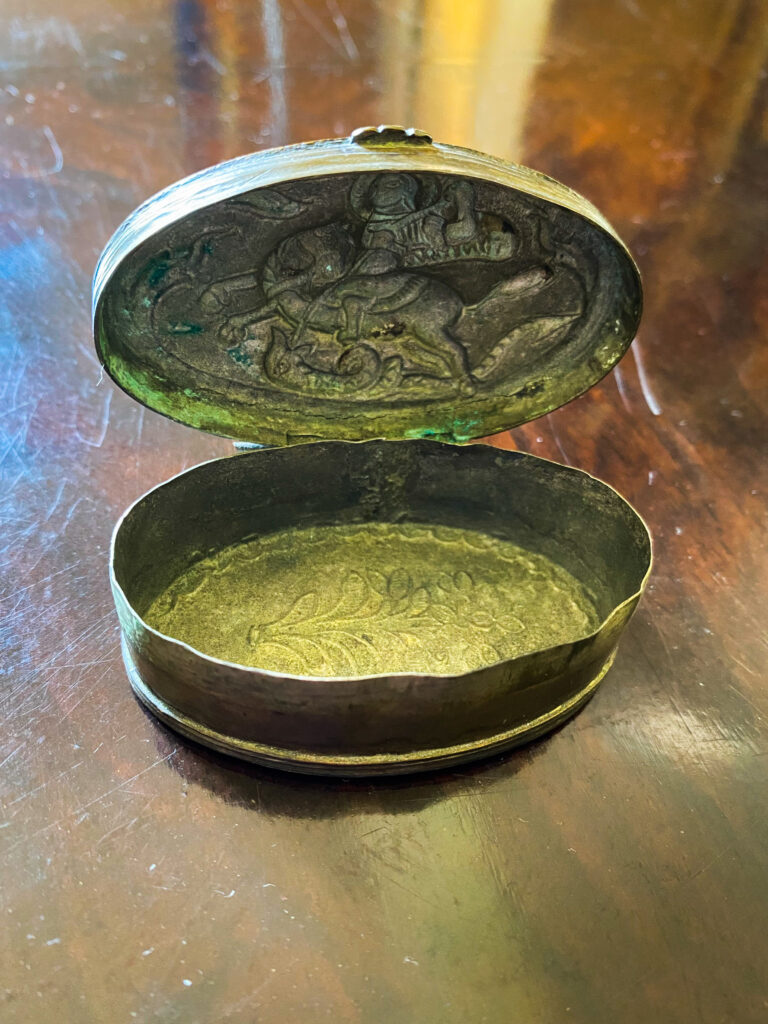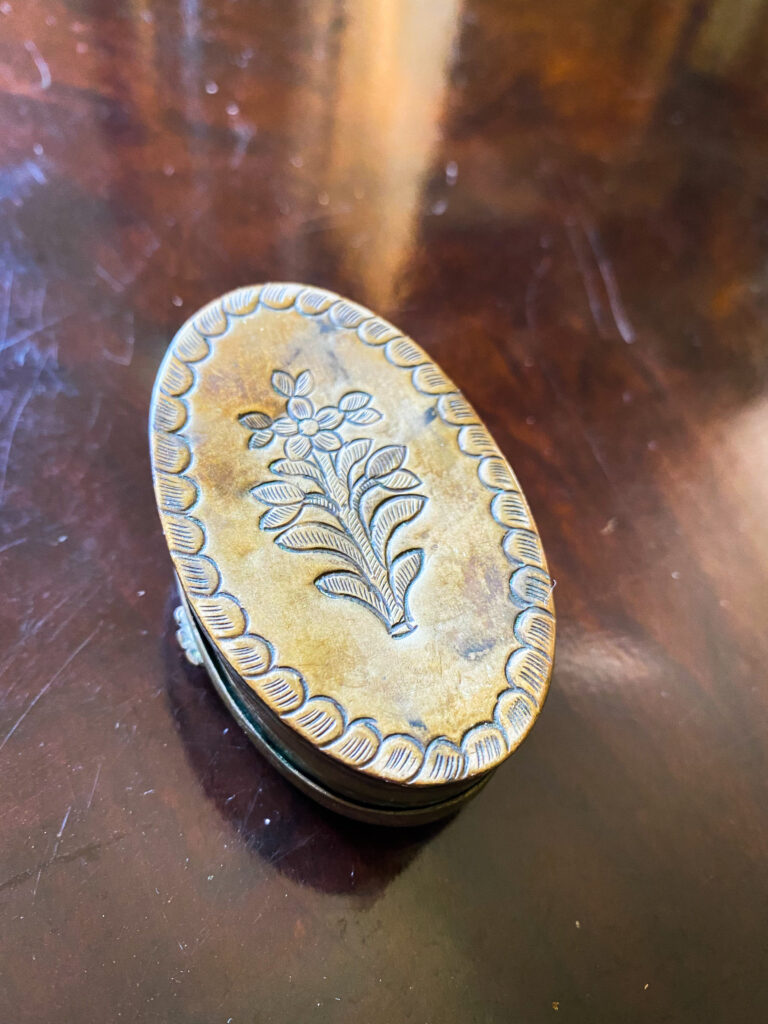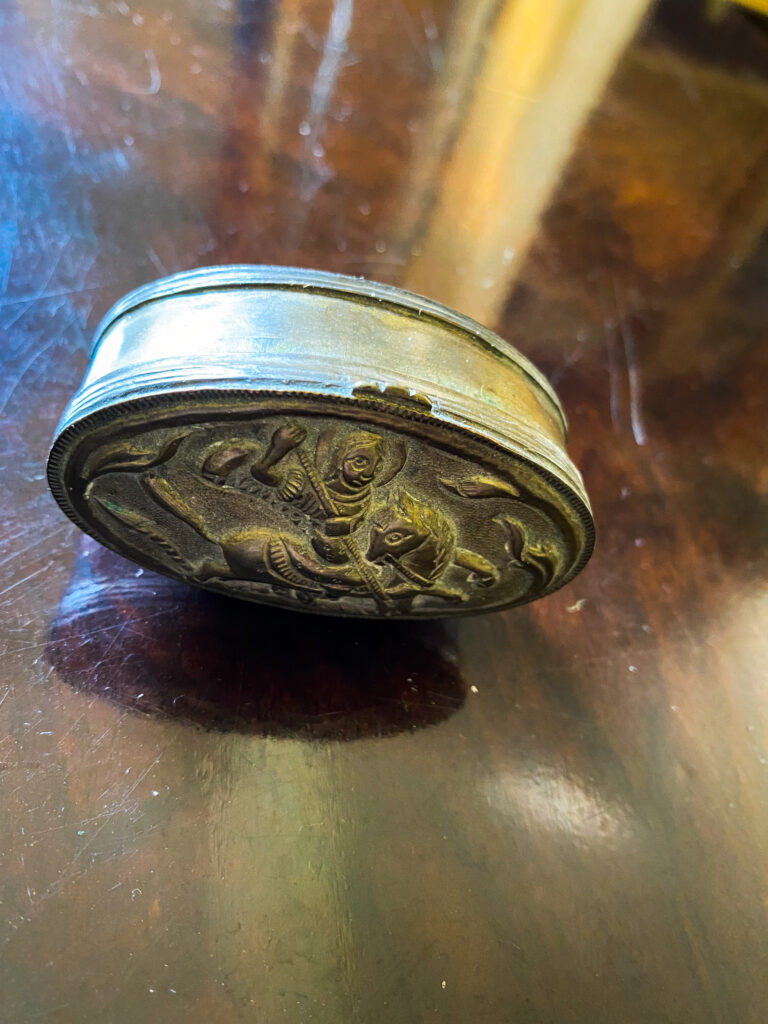Anastasios Polychroniadis, from the Sim Mine region in the Kioumious -Chatzi– Kioi Subdivision of the Sevasteia (Sivas) Province, married Elisavet Alsanoglou from Andronikeia, Cappadocia, in 1910. They lived in Sampsounta (Samsun), where they had their daughter, Maria, in 1913, and their son, Omiros, soon after. In 1916, for fear of Turkish persecution, Anastasios Polychroniadis left his family and traversed almost the entirety of Ottoman Turkey to reach Egypt and, from there, Thessaloniki. He went into business with his compatriots, Nikolaos Symeonidis and Ioannis Papadopoulos, and together, they founded a trading and customs brokerage company specialising in textiles. As a result of the Population Exchange Agreement, his wife, Elisavet, and their two children became refugees, leaving behind Amisos (Sampsounta) for Constantinople, and from there on to Achaia and then Corfu.
Alexandros Oustampasidis and Anastasios Polychroniadis received a special permit from the Revolutionary Government and the Ministry of Hygiene allowing them to rent a boat and sail from Thessaloniki in order to reunite the refugees originating from the wider area of Amisos and assist with their resettlement in Macedonia. During one of these trips, Anastasios Polychroniadis was finally able to reunite with his own family and they all returned to Thessaloniki. They settled in a house on Syntrivaniou Square and soon welcomed two new members, Efstathios and Leonidas. The family moved around a lot and never applied for refugee housing assistance. The customs brokerage business was passed on to Omiros and Leonidas Polychroniadis.
Even though she had already sold most of her valuables to help her husband flee to Greece, Elisavet Alsanoglou still managed to bring with her a few objects which carried significant emotional or practical value. Eventually, what was handed down to her daughter, Maria, was a sewing machine, some kilim rugs, and a small silver box with the icon of Agios Georgios. These objects are today in the possession of Elisavet’s granddaughter, Martha Karpozilou. For her, they are ‘invaluable’, the ‘most precious’ of her belongings. They represent ‘her family history’ and the last remaining link to her place of origin.


